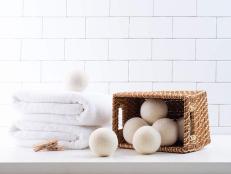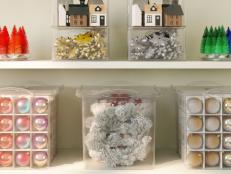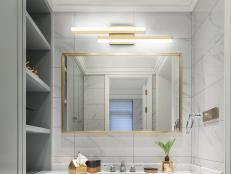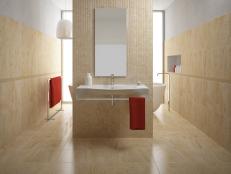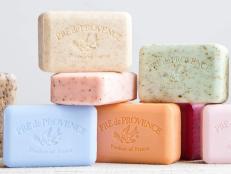The Benefits of Synthetic Slate Shingles
They're more durable, easier to install and much less expensive than authentic slate.
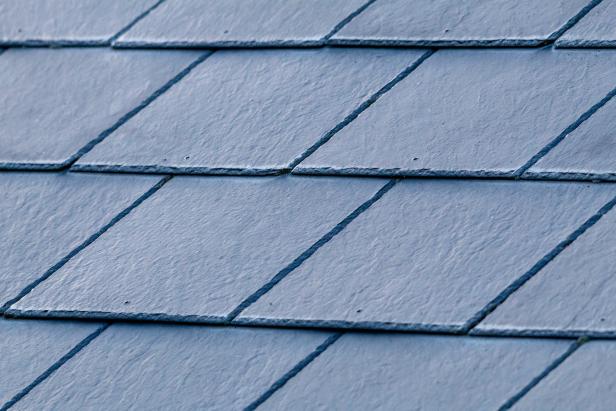
Getty Images; EMFA16
Slate Roof Shingles
Authentic slate shingles have been the roofing material of choice for centuries throughout Europe and the United States for estate homes, libraries and cathedrals. The beauty of authentic slate comes at a high cost, however, in terms of production, installation and durability: It's expensive to quarry, heavy to lift for transport and installation, fragile to cut and nail, and cracks easily once installed.
Synthetic slate shingles are a modern improvement on a construction classic. Made from combinations of plastic and rubber, synthetic slate is designed to mirror the beauty and uniqueness of authentic slate without the expense or installation headaches. And synthetic slate shingles last longer.
They're made by injection-molding petroleum-based materials into metal forms that are cast from authentic slate. Some brands of synthetic slate shingles are manufactured with virgin rubber or plastic, while other products incorporate recycled rubber or plastic, mineral dust or cellulose fibers. Recycled content usually consists of high-quality post-industrial materials; only a few incorporate post-consumer recycled materials.
Here's a look at the benefits of synthetic slate:
- Synthetic slate is considered a "green" building alternative—even those that use virgin materials—because all types of synthetic slate can be recycled at the end of a roof's usable life.
- Synthetic slate shingles are more durable than authentic slate, as they contain advanced ultraviolet inhibitors to reduce wear from the sun.
- Safety is built-in. Synthetic slate typically contains impact modifiers to help withstand storm damage; in fact, most are certified by Underwriters Laboratories for Class 4 impact resistance, the highest level for roofing materials. Many synthetic slates also have the highest fire-resistance rating—Class A—which means they're effective against severe exposure to external fires, are not readily flammable and do not spread fire.
- Transportation and installation of synthetic slate shingles is easier and less expensive than other roofing materials. Synthetic slate shingles are lighter than all asphalt shingles and, at 1.25 pounds per tile, are only a quarter the weight of authentic slate shingles. Their light weight also means that a standard roof structure can support synthetic slate shingles with no special reinforcement, making them practical for mainstream residential construction. During installation, synthetic slate shingles can easily be field-cut with a utility knife and nailed into place with standard roofing nails and a pneumatic nail gun. These characteristics are in sharp contrast with those of authentic slate installation, which requires precision cutting and nailing of heavy shingles that chip and crack easily.
On a scale comparing costs of conventional roofing materials, the initial cost of installing synthetic slate shingles falls in the middle—it's more expensive than asphalt and architectural shingles and less expensive than clay tile and authentic slate. Unlike less expensive asphalt shingles, however, synthetic slate roofs can last for up to 100 years, and the majority of synthetic slate shingles have 50-year warranties. The long life expectancy of this material means that a roof doesn't have to be replaced in 15 or even 30 years, and also that fewer repairs are needed during the roof's lifetime.






